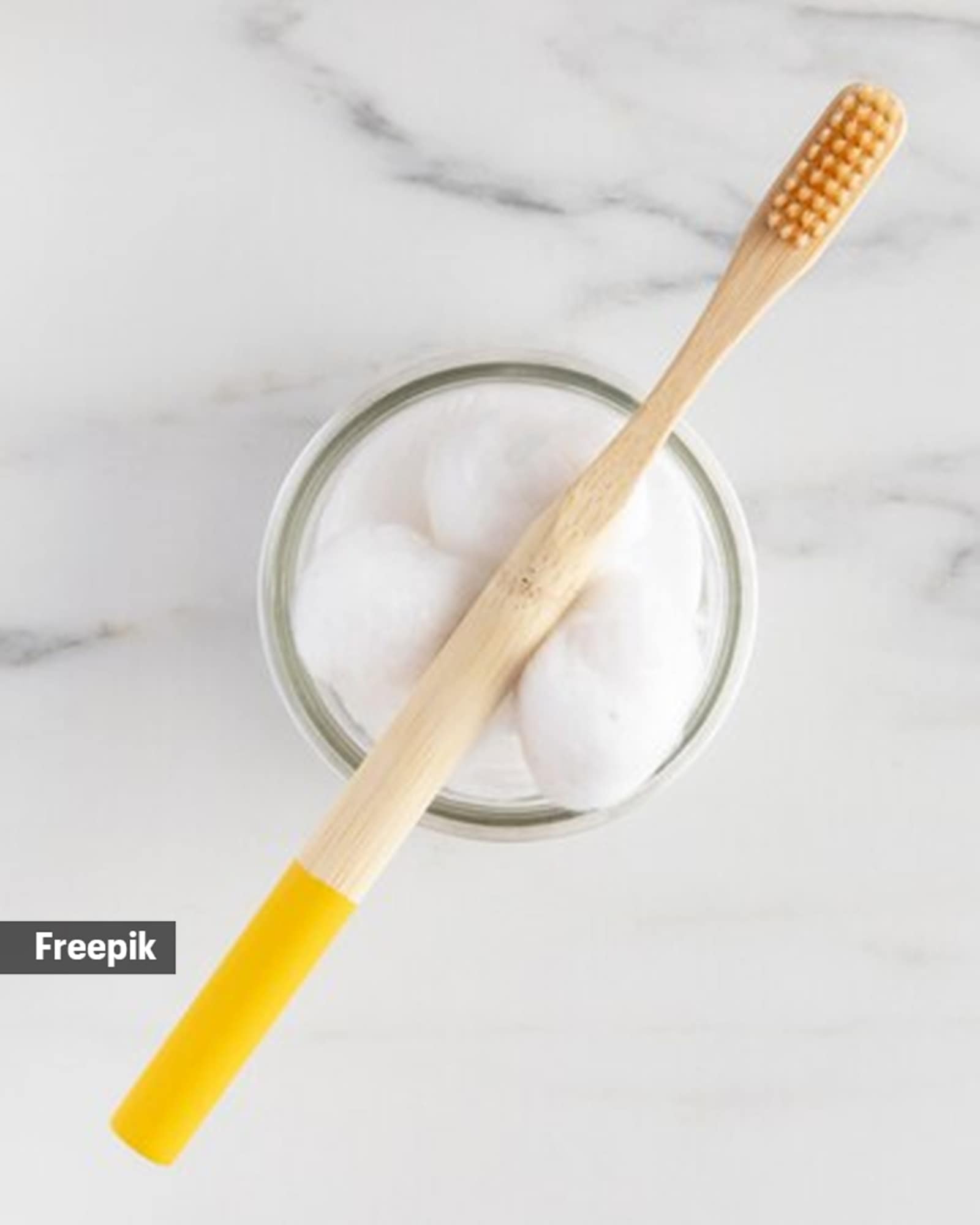📣 For more lifestyle news, click here to join our WhatsApp Channel and also follow us on Instagram
Should you be sanitising your toothbrush? A dentist weighs in on this hygiene habit
For many, the idea of sanitation might stem from concerns about germs, especially in households with bathrooms located near toothbrush storage.
 Should you sanitise your toothbrush? (Source: Freepik)
Should you sanitise your toothbrush? (Source: Freepik)Maintaining good oral hygiene goes beyond just brushing and flossing; it also involves how we care for our toothbrushes.
The question of whether to sterilise your toothbrush has sparked discussions online. According to content creator Dr Joyce Kahng, “There are actually many ways to sanitise a toothbrush. A lot of people out there never sanitise their toothbrushes and leave it out in the open next to a toilet.”
View this post on Instagram
For many, the idea of sanitation might stem from concerns about germs, especially in households with bathrooms located near toothbrush storage.
But is it absolutely necessary?
Dr Ramakrishna Tanguturi BDS, MDS, maxillofacial and dental surgeon at Dental Profiles, says, “Yes, not sanitising your toothbrush regularly can pose risks. Over time, a toothbrush can harbour bacteria, fungi, and even viruses, especially if it is stored in a moist environment. While many of these microorganisms are harmless, some — such as Streptococcus mutans, a bacteria responsible for cavities, or even Escherichia coli (E. coli) from bathroom exposure — can multiply.”
Repeated use of a contaminated toothbrush increases the likelihood of introducing these pathogens into the mouth, leading to infections like gingivitis, periodontitis, or even reinfection after a recent illness.
How do bacteria from a toothbrush impact oral health?
“Bacteria on a toothbrush can reintroduce harmful microorganisms into the mouth, contributing to plaque buildup, tooth decay, and gum disease. Some studies suggest that pathogens on toothbrushes could exacerbate conditions like bad breath or worsen pre-existing gum issues,” informs Dr Tanguturi.
Best practices to mitigate these risks
To mitigate these risks, Dr Tanguturi suggests the following:
-Rinse your toothbrush thoroughly after each use to remove food particles and toothpaste residue.
-Store it upright and allow it to air dry. Bacteria thrive in moist environments, so keeping the toothbrush dry is critical.
-Avoid covering the toothbrush with airtight caps, as this promotes moisture buildup and microbial growth.
-Replace your toothbrush every 3-4 months to ensure bristles are effective and reduce bacterial buildup.
 Boiling a toothbrush for a few minutes can eliminate bacteria, but it may damage the bristles if done too frequently. (Source: Freepik)
Boiling a toothbrush for a few minutes can eliminate bacteria, but it may damage the bristles if done too frequently. (Source: Freepik)
Specific sanitisation methods
Several methods can be used to sanitise toothbrushes, Dr Tanguturi says, with varying degrees of effectiveness. Among the most recommended methods:
UV light sanitisers: These devices emit ultraviolet rays that kill bacteria and viruses by disrupting their DNA. Studies show UV sanitisers can reduce bacterial load by up to 99% on toothbrushes.
Soaking in antibacterial mouthwash: This method is effective in killing bacteria present on the toothbrush bristles. It’s simple, readily available, and effective.
Boiling water: Boiling a toothbrush for a few minutes can eliminate bacteria, but it may damage the bristles if done too frequently.
Dishwasher method: Some people place their toothbrushes in the dishwasher for a deep clean. While heat and detergent can kill germs, it could also shorten the lifespan of the toothbrush.
DISCLAIMER: This article is based on information from the public domain and/or the experts we spoke to. Always consult your health practitioner before starting any routine.
📣 For more lifestyle news, click here to join our WhatsApp Channel and also follow us on Instagram
Photos


- 01
- 02
- 03
- 04
- 05
























